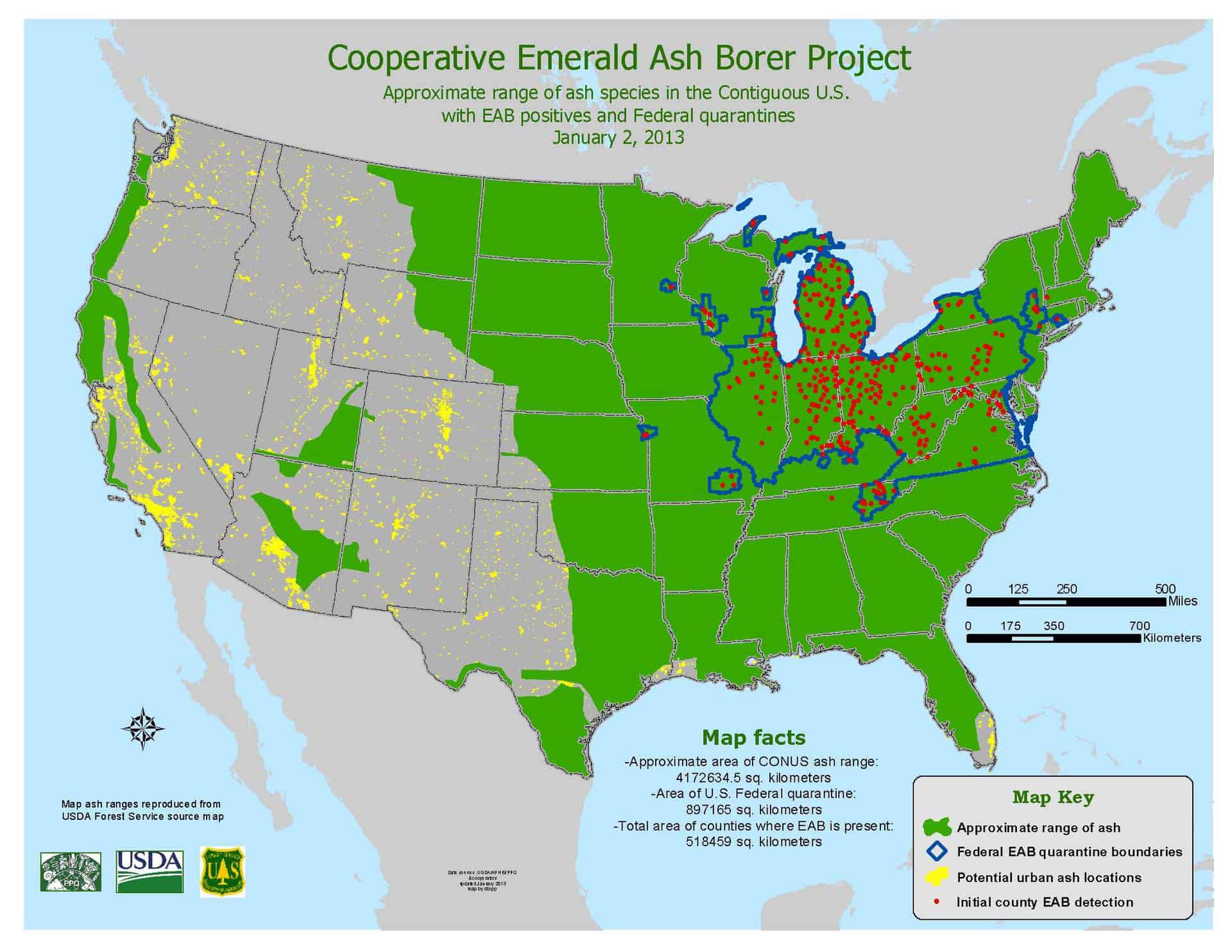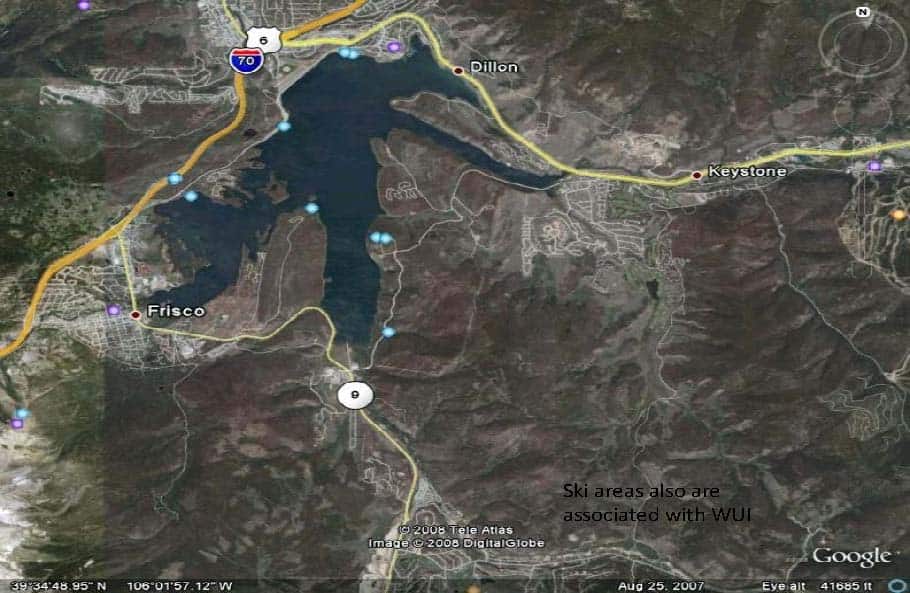The curious connection between an invasive beetle that has destroyed over 100 million trees, and subsequent heart disease and pneumonia in the human populations nearby
Again, scientists are discovering things that mystics and poets have sensed for thousands of years.
From the Atlantic here, excerpt below.
Something else, less readily apparent, may have happened as well. When the U.S. Forest Service looked at mortality rates in counties affected by the emerald ash borer, they found increased mortality rates. Specifically, more people were dying of cardiovascular and lower respiratory tract illness — the first and third most common causes of death in the U.S. As the infestation took over in each of these places, the connection to poor health strengthened.
The “relationship between trees and human health,” as they put it, is convincingly strong. They controlled for as many other demographic factors as possible. And yet, they are unable to satisfactorily explain why this might be so.
In a literal sense, of course, the absence of trees would mean the near absence of oxygen — on the most basic level, we cannot survive without them. We know, too, that trees act as a natural filter, cleaning the air from pollutants, with measurable effects in urban areas. The Forest Service put a 3.8 billion dollar value on the air pollution annually removed by urban trees. In Washington D.C., trees remove nitrogen dioxide to an extent equivalent to taking 274,000 cars off the traffic-packed beltway, saving an estimated $51 million in annual pollution-related health care costs.
trees.JPG©ScienceBut a line of modern thought suggests that trees and other elements of natural environments might affect our health in more nuanced ways as well. Roger Ulrich demonstrated the power of having a connection with nature, however tenous, in his classic 1984 study with patients recovering from gall bladder removal surgery in a suburban Pennsylvania hospital. He manipulated the view from the convalescents’ windows so that half were able to gaze at nature while the others saw only a brick wall. Those with trees outside their window recovered faster, and requested fewer pain medications, than those with a “built” view. They even had slightly fewer surgical complications.







